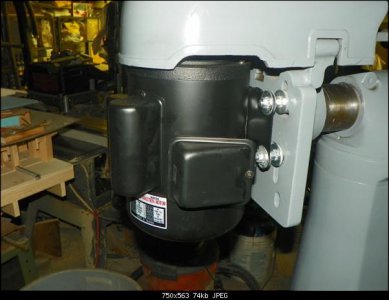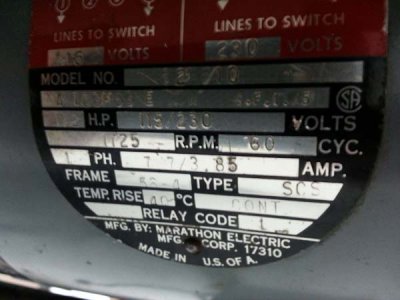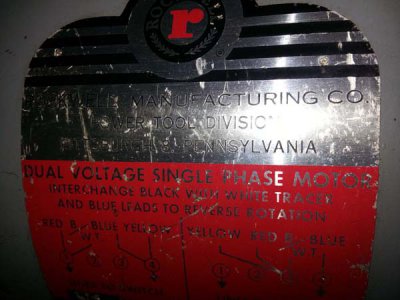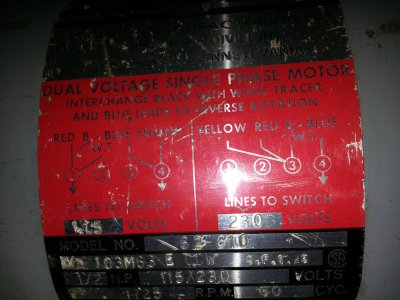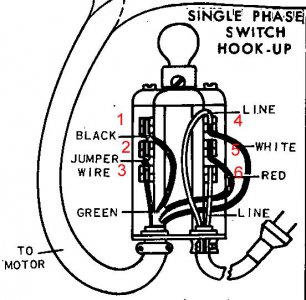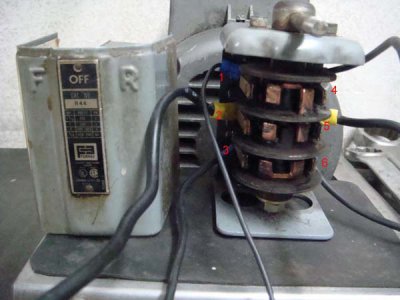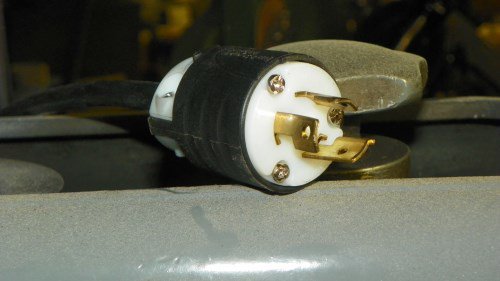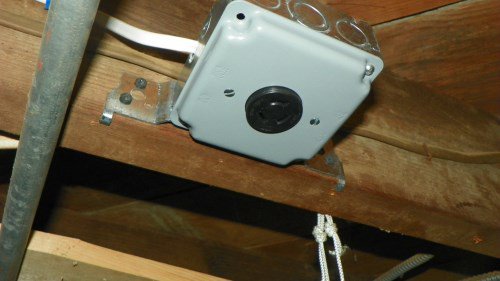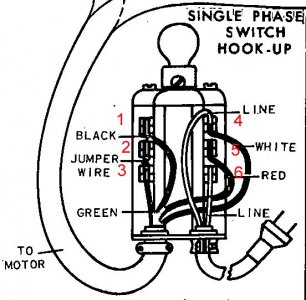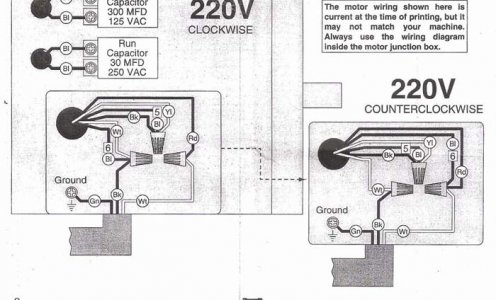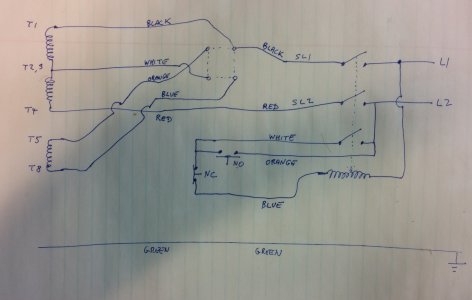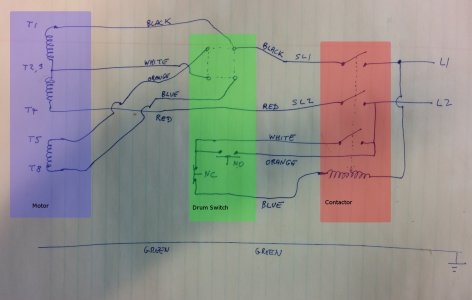- Joined
- Nov 8, 2012
- Messages
- 783
Personally I would not be so quick to condemn that motor but I have been playing around with motors since I was about 12. If you don't feel comfortable working on it please pass that motor on to someone else who is rather than scrap it. I believe that is a Rockwell 62-610 and probably dates to the 1960's. If that is correct the shaft size is 1/2" and most probably will not match the 1.5hp motor. The mounting base will also probably not match.
I'll probably see if I can find someone locally who can rewind it if it's not too $$$$$.
- - - Updated - - -
On a positive thought a little extra oomph might be a good thing too. Going from 1/2 to 1 1/2 as long as you can bolt it up and aligh the pulleys is fine. You could even bore the pulley for a larger shaft or make a sleeve to go smaller. If it will run on 220 and switch directions it is a home run. Most of our small machines could use a bit more power, but that seems to be one of the places they cut short to save a little money. I would expect the motors to be physically larger in dialeter, but the important measurement is the shaft diameter and available length. You can always but a belt a tad longer or shorter once you get it mocked up and being assembled. I personally would not hesitate to adapt that motor if I could do it without making any permanent change to the basic machine. Motor plates and mounts are easy to drill and tap on the motors. Definately don't forget to post some pics up because according to the manual I ordered for the 8520 it originally was shipped in 1964 with no motor and you were supposed to supply one when you got the machine. They included the hardware and even the rubber grommets, but no motor on the originals.
Bob
I'm thinking I'll give it a try while I wait to see if I can get the other rewound.
The 1.5 horse motor I have is an old Dayton and at a glance looks to have similar diameter, but quite a bit longer housing. I'll have to pull it off my old milkhouse vacuum pump and check the shaft diameter. I was more worried about overpowering the mill where I'd run the risk of damaging the mill head instead of stalling out the motor. Figure the tooling would go first, but one never knows.
I don't think I'd risk it, but I happened to find and buy another complete mill head for an 8520. Price was too good to pass up I thought and it's not like they're something you can find every day.
I'll take pictures and post it if it works out.
Thanks everyone for all the help and advice.


